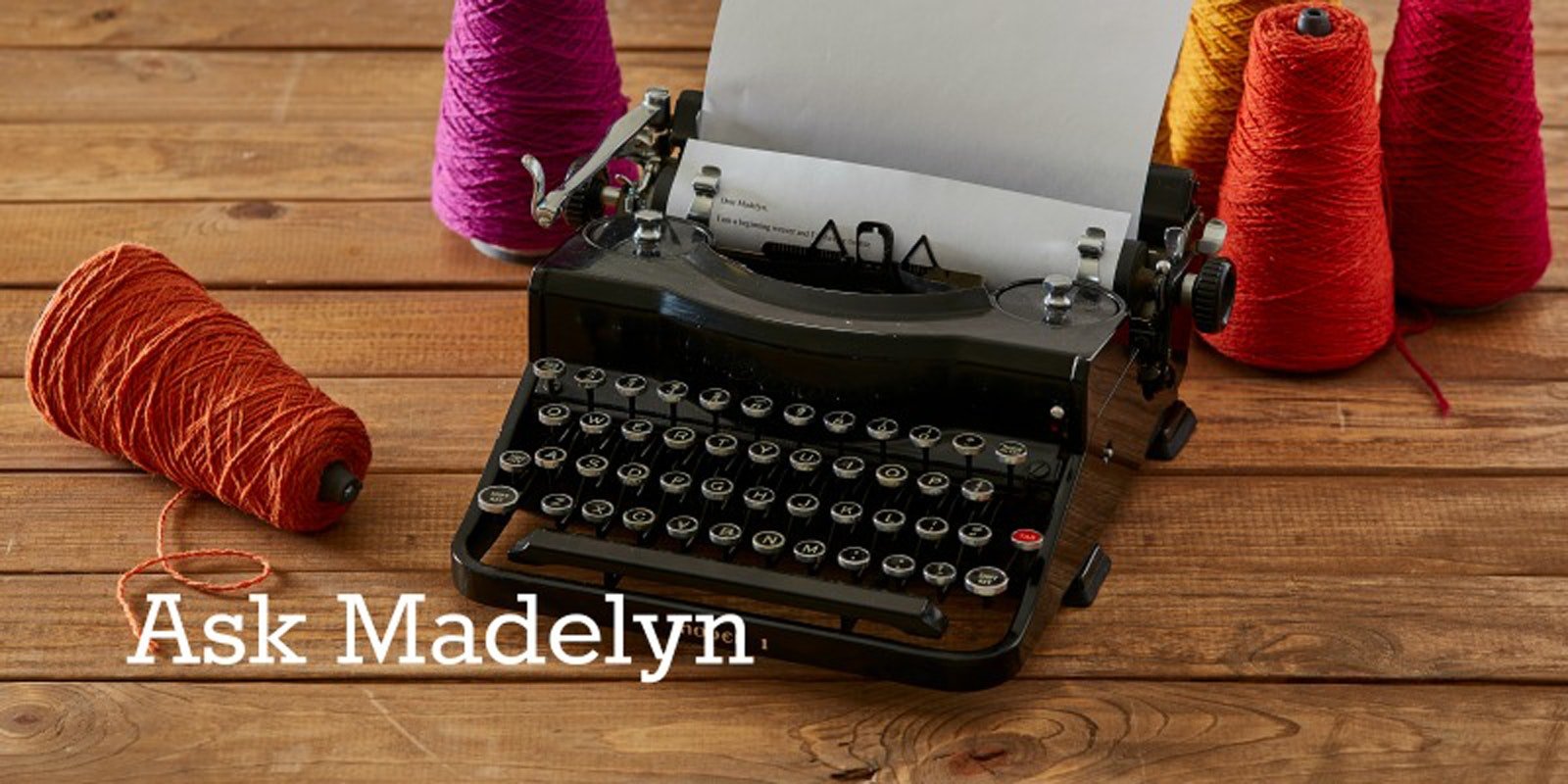As a rookie weaver trying to learn at least one new technique with every project, I'm planning a doublewidth blanket from my homespun wool on my 4-shaft/6-treadle Gilmore floor loom. In a Weaving Today Q & A, a weaver asked about using fishing line for neat selvedges. How does that work? What thickness fishing line is best? Does the fishing line run along a regular warp thread or in its own space? If the latter, would one need to use at least two lines to avoid a weaving error once the fishing line gets pulled from the finished cloth? – Heike
Hi Heike!
If you use a fishing line at the fold, what is usually done is to treat the fishing line at the fold as though it is a floating selvedge. That is, it is sleyed in a dent of its own and not threaded through a heddle. As far as the interlacements are concerned, it has no effect. When it is removed, it is just as though it was never there. Its purpose is simply to make sure the weft passes around the fold edge without drawing it in. (Almost any size fine monofilament/fishing line can be used.)
The usual problem with the fold is that because of almost unavoidable draw-in, even if it is only slight, the warp threads appear slightly crowded at the center of the unfolded cloth. The goal, however it is achieved, is to keep the warp density consistent at the fold. Some people sley the last half inch, say, a bit more openly than the rest of the cloth to achieve this (in addition to or instead of using monofilament). It is especially important to use a temple with doublewide pieces to minimize the draw-in. Most important is to place the weft carefully, watching to see that it turns around the last warp thread without leaving a loop and without evidence of drawing in the edge threads.
Other things to think about when you are planning a double-wide piece:
- The crowded threads are likely not to show if the warp and weft are both the same color.
- A difference in value between the warp and weft will make the crowding show more.
- If the warp is striped, plan a dark stripe at the fold to make the crowding less obvious.
Most important:
Sample. Weave about ten inches, remove the sample, wash it, and study the results. You might decide to resley the edge threads just a bit to bring them farther apart, and then sample again.
And good for you for trying new techniques!
– Madelyn
Posted February 24, 2016. Updated July 26, 2017.
If you have a weaving question we would love to hear from you! Please email Madelyn! View related & recent "Ask Madelyn" posts!

